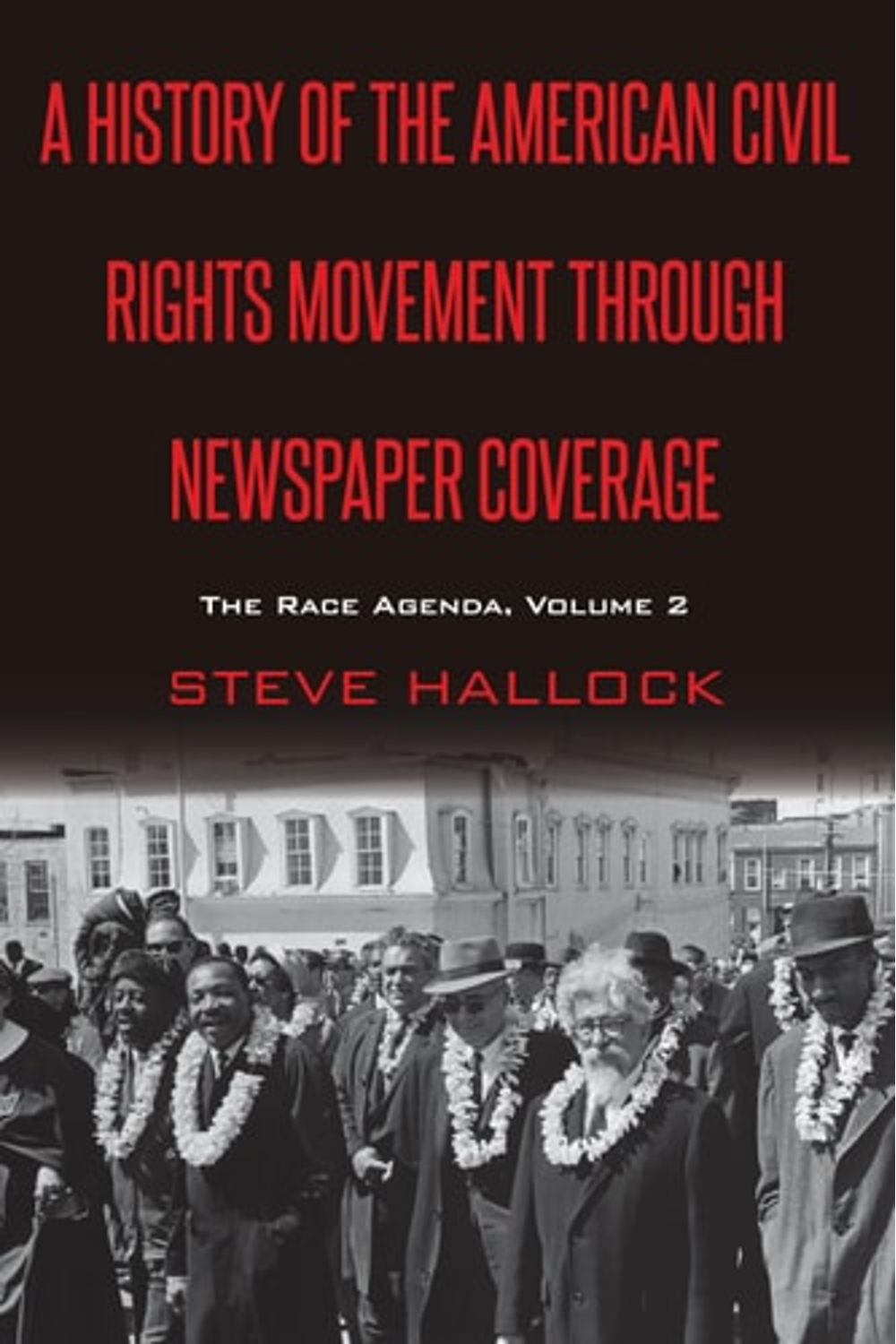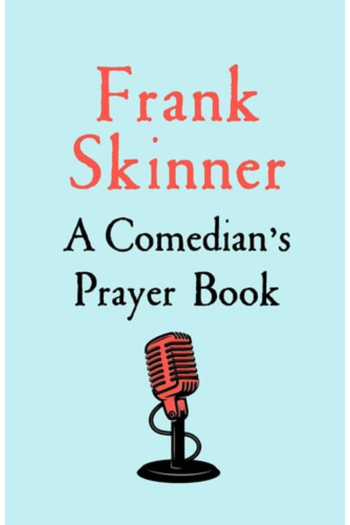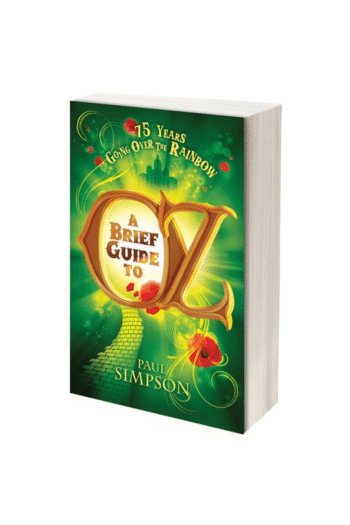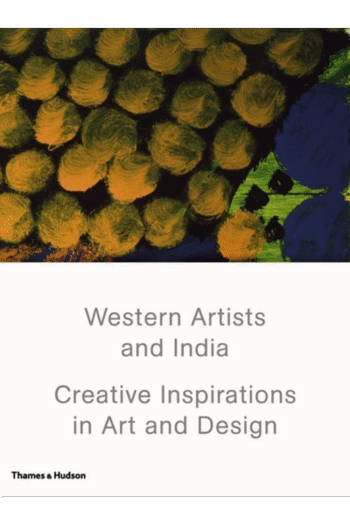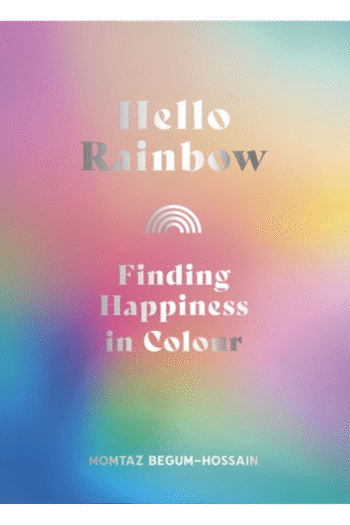Dive into the turbulent era of the American Civil Rights Movement with Steve Hallock’s “A History of the American Civil Rights Movement Through Newspaper Coverage: The Race Agenda, Volume 2.” This compelling hardcover explores how newspaper reporting shaped national perceptions of key events from 1963 onward, including the Birmingham church bombing, Selma’s violent confrontations, and the rise of the Black Panthers. Hallock contrasts the perspectives of Northern and Southern newspapers, exposing how media framing fueled division and influenced public opinion on civil rights. A must-read for understanding the power of media and its impact on American history and race relations. Published by Peter Lang in 2020, this volume delves into how narratives crafted during those critical years continue to echo in today’s social and political landscape, making it exceptionally relevant for contemporary discussions on media bias and social justice. Perfect for students, researchers, and anyone interested in the intersection of media, history, and the ongoing quest for equality.
A History of the American Civil Rights Movement Through Newspaper Coverage: The Race Agenda, Volume 2 (Mediating American History)
111,80 $
In stock
As the first volume of this two-part study established, major newspapers across the United States used framing and gatekeeping to shape the narratives of the tumultuous civil rights movement. Beginning with the landmark 1954 U.S. Supreme Court Brown v. Board of Education decision and the subsequent battle over desegregating a Little Rock high school, and continuing through the 1960 lunch-counter sit-ins, the next years freedom rides, and the 1963 Birmingham demonstrations, these newspapers helped set the agenda in their reportage of the movement. This second volume opens with the deadly September 1963 terrorist bombing of an African-American church in Birmingham, which crushed the euphoria that civil-rights crusaders had experienced after the 1963 March on Washington. What followedincluding the mob violence and police brutality at Selma, the migration of race riots northward and westward, the rise of the Black Panther Party, and the assassination of Martin Luther King, Jr.confirms the findings of the first volume. Major newspapers, in their coverage, painted starkly differing versions of the same incidents and events. The book contrasts a Northern and Western press more sympathetic to the civil rights crusade with Southern newspapers that depicted a South victimized by violent outside agitators bent on tearing down Southern culture and norms. Amid the current volatile climate of our politics, this study underscores the power of language in constructing our immediate and distant reality.
| Authors | |
|---|---|
| Binding | |
| Condition | |
| ISBN-10 | 1433153971 |
| ISBN-13 | 9781433153976 |
| Language | |
| Pages | 494 |
| Publisher | |
| Year published | |
| Weight | 781 |
| Edition | New |
Related products
A Comedians Prayer Book
13,12 $
- Additional information
- Currencies
- USD – United States dollar
- EUR – Euro
- GBP – Pound sterling
- CNY – Chinese yuan
- BRL – Brazilian real
- MXN – Mexican peso
- JPY – Japanese yen
- PHP – Philippine peso
- THB – Thai baht
- PLN – Polish złoty
- CAD – Canadian dollar
- MYR – Malaysian ringgit
- AUD – Australian dollar
- TWD – New Taiwan dollar
- CZK – Czech koruna
- SEK – Swedish krona
- HUF – Hungarian forint
- ILS – Israeli new shekel
- CHF – Swiss franc
- HKD – Hong Kong dollar
- DKK – Danish krone
- SGD – Singapore dollar
- NOK – Norwegian krone
- NZD – New Zealand dollar

